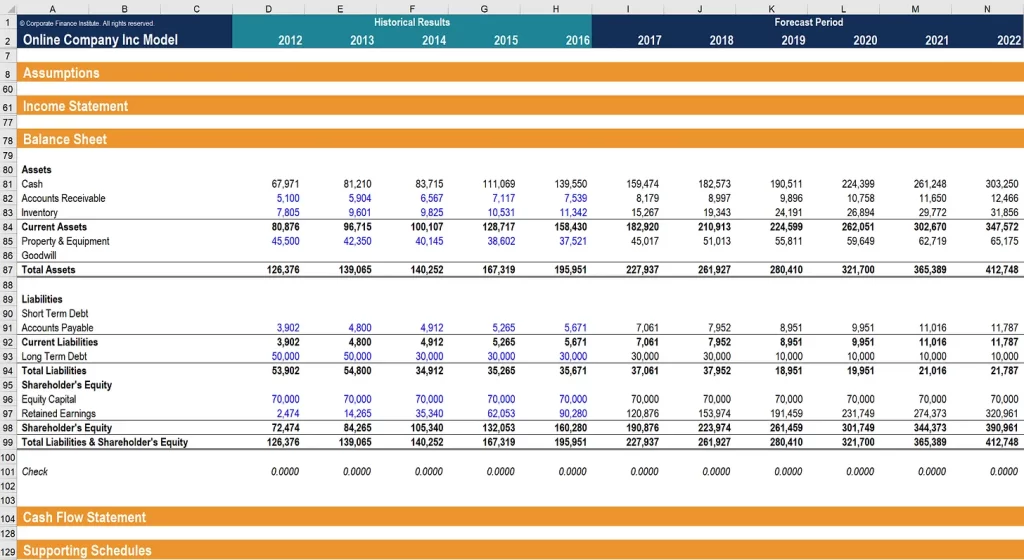Clarity, Assumptions, and Levels of Certainty

I spoke to Tori Barlow, VP of Marketing at former portfolio company Allbound on their podcast this week. We discussed how to secure channel budget from the board of directors in forecasting. It made me think about the essential pillars around forecasting that make for the best outcome.
Clarity, Assumptions, and Certainty
The act of modeling/forecasting puts a line of the sand on what you, as a technology leader, believe will happen in the future. It keeps you accountable. It clarifies what you are trying to achieve, and the cost of achieving it is critical to defining success in any initiative. This brings clarity. People are generally successful in accomplishing objectives as long as they are clearly defined.
Assumptions are drivers of these models/forecasts. They are generally “levers” in which you can say an event will likely occur. Such assumptions could be sales cycle length, ramp time, average contract value, etc. Everyone needs to have assumptions to drive models.
Certainty is the level of conviction you have in your assumptions. Do you have data to back up these levers? I usually like to color code these assumptions in the model green, yellow, and red to signify the level of certainty. This makes everyone intellectually honest about how much risk you put into your operational plan.
Earlier in a company’s life, it is hard to model how the world will end. I do believe. However, it is essential to keep yourself intellectually honest about what you will achieve and what types of resources you will need to accomplish the mission.









